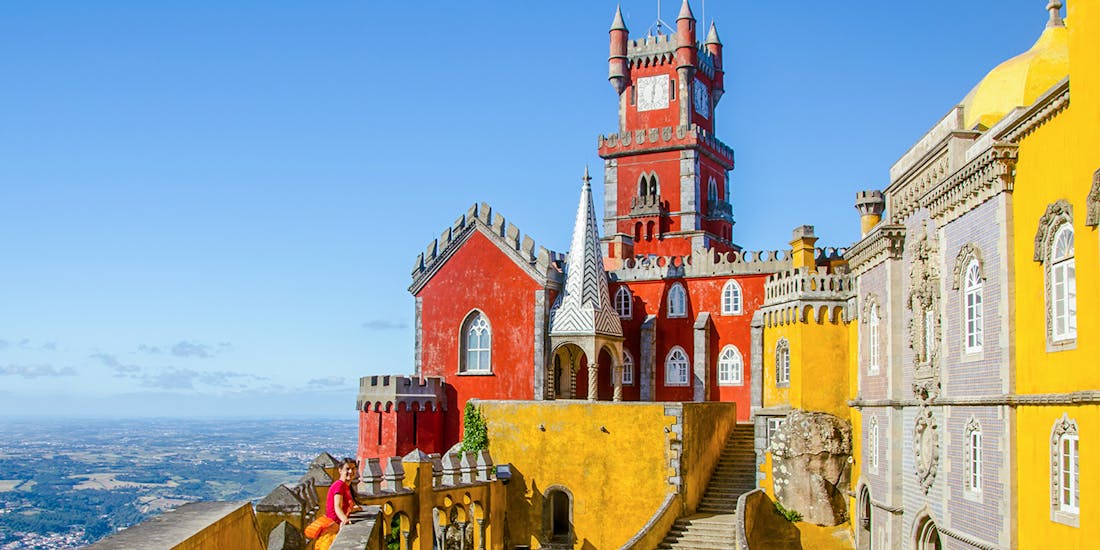The Odeon of Herodes Atticus is an iconic open-air theater located just beneath Athens' Acropolis. Built in 161 AD, this ancient structure remains vibrant today, regularly hosting outstanding performances during the Athens Epidaurus Festival from June to August—including theatre, opera, and concerts featuring global legends. With the illuminated Parthenon as its backdrop, experiencing a live event here places you at the heart of history.
What is the Odeon of Herodes Atticus?
The Odeon (meaning “covered theater” in Greek) was constructed in 161 AD by Herodes Atticus, a wealthy Athenian benefactor and Roman senator, in memory of his wife Regilla. Strategically built into the natural curve of the southwest slope of the Acropolis, this theater once featured luxurious marble seating and an elegant wooden roof—designed specifically to enhance audience experience. Even without microphones or modern audio equipment, performers’ voices carried across the space due to its precise architecture and the excellent acoustic qualities created by the shape and materials used. This ancient design allowed thousands of spectators to clearly hear music, poetry, and theater that echoed beautifully off the stone walls.
Today the wooden roof no longer exists. Voices from the stage project naturally to the seats, offering a remarkable listening experience—even for those seated higher up. The theater’s semi-circular auditorium (cavea), marble seats, and imposing stone stage building (skene) continue to provide an atmosphere unlike any other.

Recommended tickets to the Odeon of Herodes Atticus
When you enter the Acropolis site via the south entrance (near the Acropolis Museum), you’ll pass right by the Odeon. Your Acropolis tickets include entry to this attraction. You can walk around its exterior and take excellent photos from above, or admire it from the pedestrian street below.
History of Odeon of Herodes Atticus
- 161 AD: Built by Herodes Atticus in honor of his wife Regilla.
- 267 AD: Damaged during the Herulian invasion; not restored in antiquity.
- 1950s: Modern restorations begin to host live performances.
- 1957: Reopened with a concert by Maria Callas, marking a new era of cultural use.
- Present day: Hosts performances during the Athens Epidaurus Festival and remains one of the most magical stages in the world.
Architecture of Odeon of Herodes Atticus
1. Purpose & style
- Type: Roman Odeon (a covered theater used for music and speeches).
- Built: Around 161 AD by Herodes Atticus, a wealthy Roman-Athenian benefactor.
- Function: Hosted musical performances, poetry, lectures, and philosophical readings.
- Style: Roman-influenced architecture, with local Greek marble and layout influenced by earlier Greek theaters.
2. The Cavea (seating area)
- Shape: Semi-circular, carved into the Acropolis' southwest slope.
- Capacity: Around 5,000 spectators.
- Material: Pentelic marble, the same used for the Parthenon.
- Modern use: Restored with white marble seats, some still original.
3. The Skene (stage building)
- Height: Originally three stories high.
- Function: Housed changing rooms, stage machinery, and served as a visual backdrop for performances.
- Today: Only the ground level of the stage building survives, but it remains impressive in scale.
4. The Orchestra (performance area)
- Shape: Semi-circular, directly in front of the seating area.
- Material: Paved with marble; once used for music and chorus performances.
- Acoustics: Designed with exceptional sound clarity, even without modern amplification.
5. The Roof (originally covered)
- One of the few ancient theaters that was originally roofed
- Material: Possibly made from cedar wood, supported by elaborate beams
- Purpose: Improved acoustics and allowed all-weather use
- Likely burned or collapsed during invasions (Herulians, 267 AD)
6. Materials used
- Pentelic marble: From Mount Pentelicus, used for seating and decorative elements.
- Local limestone and brickwork: Used in the substructure.
- Wooden elements: Part of the original roofing system (now lost).
7. Reconstruction & modern use
- 1950s–60s: Carefully restored using both original and modern materials.
- Authenticity: Maintains historic authenticity while being structurally sound for public events.
- Seating and stage area enhanced for modern safety and access.
8. Notable features today
- Skene wall: A towering relic offering dramatic visuals.
- Stone archways and columns: Lining the stage and backstage.
- Modern lighting and audio systems: Discreetly integrated to preserve aesthetics.
The Athens Epidaurus Festival
Every summer, from June to August, the Odeon of Herodes Atticus transforms into one of the standout stages of the Athens Epidaurus Festival—Greece’s most celebrated celebration of arts and culture. Set against the illuminated backdrop of the Acropolis, the Odeon offers a mesmerizing lineup, blending ancient tradition with contemporary performances:
- 🏛️ Ancient Greek tragedies and comedies: Bringing to life the timeless dramas of Sophocles, Euripides, and Aristophanes exactly where ancient Athenians gathered centuries ago.
- 🎻 World-class orchestras: Soaring notes resonate in the amphitheater’s unrivaled acoustics, creating goosebumps in a setting unlike any other.
- 🎤 Opera stars, jazz maestros, and contemporary musicians: Inviting audiences to experience captivating melodies spanning genres and generations beneath Athens’ historic hills.
- 💃 Modern dance performances: Lighting up the ancient stone with vibrant motion, merging cutting-edge choreography and classical surroundings in unforgettable harmony.
Year after year, legendary performers have graced this historic stage—these include renowned artists like Maria Callas, Luciano Pavarotti, Nana Mouskouri, Elton John, Sting, and Andrea Bocelli. Attending a show here is a genuine bucket-list moment, an extraordinary blend of awe-inspiring history and world-class entertainment.
Visiting the Odeon of Herodes Atticus
Where is it?
Just below the Acropolis’ southern slope, near the entrance to the Acropolis Museum and Theatre of Dionysus. You can’t miss it on your walk up the ancient hill.
🚶 On foot: From Monastiraki, it’s a 15–20 minute scenic walk through the pedestrian Dionysiou Areopagitou Street.
🚇 Metro: Use the Acropolis Station (Line 2, Red Line) and walk 5 minutes.


